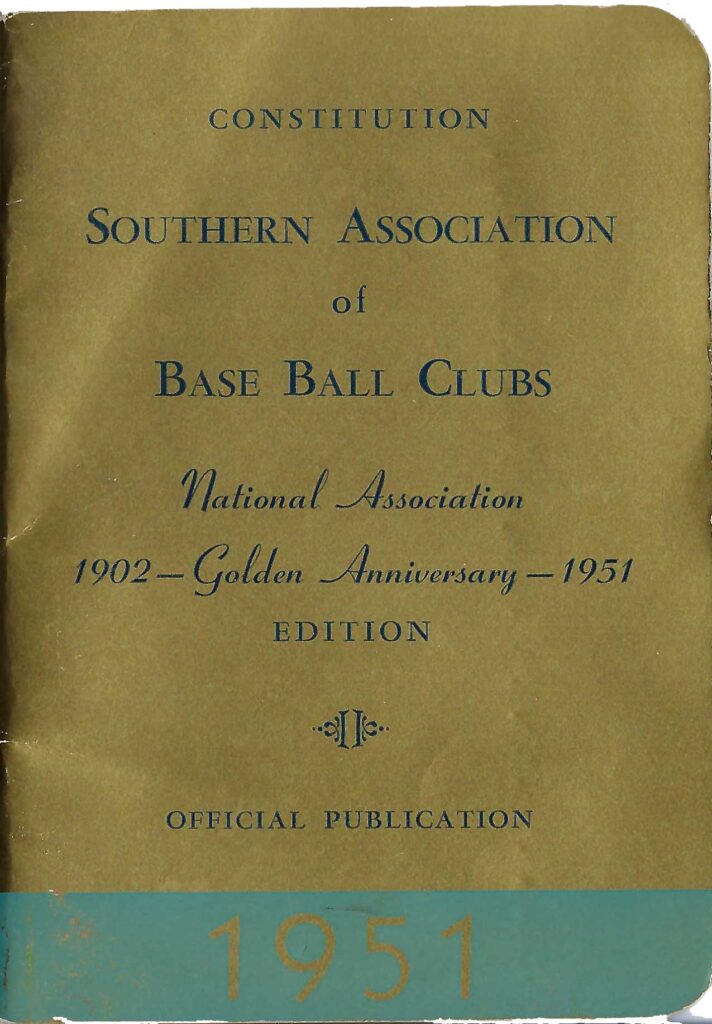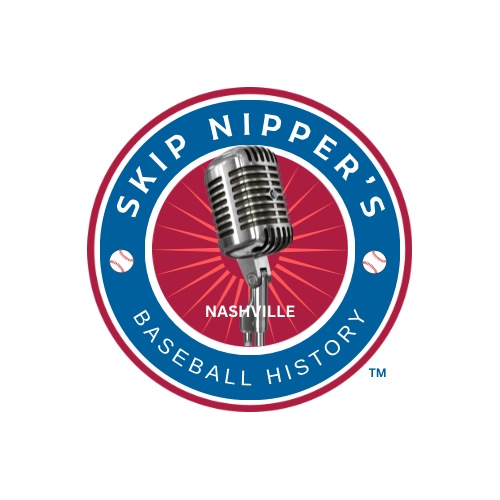
Until the minor leagues installed the 20-second rule for pitchers in 2015, baseball was the only sport in North America without a time clock. With games usually running about three hours to completion, it has not been unusual for games to last over four hours. MLB Commissioner Rob Manfred made it clear when he took on the job that games’ length was an issue.[1]
Major League Baseball has only implemented a clock as an experiment during spring training and to limit the time spent around commercial breaks.
“So, blame the DH, players constantly stepping out of the batter’s box, and pitchers fiddling with the rubber and rosin bag. Blame TV commercial breaks, instant replay, and mound visits,” says sportswriter David Mullen.[2]
At the turn of the 20th Century, the National Association of Professional Baseball Leagues (NAPBL) was organized as a guiding arm of the minor leagues. It was formed on September 1, 1901, with 14 leagues and 96 clubs as members. In 1999 the name was changed to Minor League Baseball.
Always an issue about players, managers, and coaches lollygagging around and holding up the game, the association addressed the point.
In 1951, the Southern Association celebrated its membership in the NAPBL with a Golden Anniversary issue of the league’s constitution. The publication dealt with membership, admission prices, the classification of players, salary limits, etc.
It is interesting the Southern Association addressed the length of game issue with a section “Rules To Speed Up Play”:
- Section 17. When the ball goes out of play and it is necessary to substitute a new ball, the umpire shall so do by throwing the ball directly to the pitcher.
- The pitcher must take all signs from the catcher while standing on the rubber in a position to pitch.
- The pitcher shall be ready for his time at bat just as any other player by taking his proper place in the batter’s circle when he is the next man up.
- When the pitcher is the last man out to retire the side, he shall go directly to the pitching mound.
- If the pitcher is on first, second or third base when the final out is made, he shall go directly to the pitching mound and in no event return to the bench for any ordinary reason.
- A bench manager shall not confer with the pitcher more than once an inning, unless the second time is to actually make a change in pitchers.
- A batsman prior to stepping out of the batter’s box for any reason, should request the umpire to call time which would automatically grant such permission. The umpire should always suspend play if the batsman has a reasonable excuse for such request.
- At the close of each half inning, the players shall be required to run to trot to and from their respective positions.
- After a first warning, it is within the power of the umpire to assess a five dollar ($5.00) fine for each and every violation.
From Nomar Garciaparra’s tomfoolery with his batting gloves between pitches to Sonny Gray’s 28.3 seconds between pitches in 2018,[3]would it be took much to ask for the umpire to enforce the rules?
Of course, a $5.00 fine probably would not deter players one iota.
Notes
[1]Mike Chiari, “Rob Manfred Comments on Growing Length of MLB Games, Pace-of-Game Rules and More,” Bleacher Report.com, May 17, 2016, https://tinyurl.com/y2hkuqvq, retrieved December 7, 2020.
[2]David Mullen, “In MLB, slow is how it goes,” Fansided.com, August 6, 2020, https://tinyurl.com/yxdkwro4, retrieved December 7, 2020.
[3] Madilyn Zeegers, “Is There a Time Limit Between Pitches in the MLB?,” Sportscasting.com, July 8, 2019, https://tinyurl.com/y5qtjspk, retrieved December 7, 2020.
© 2020 by Skip Nipper. All Rights Reserved.



